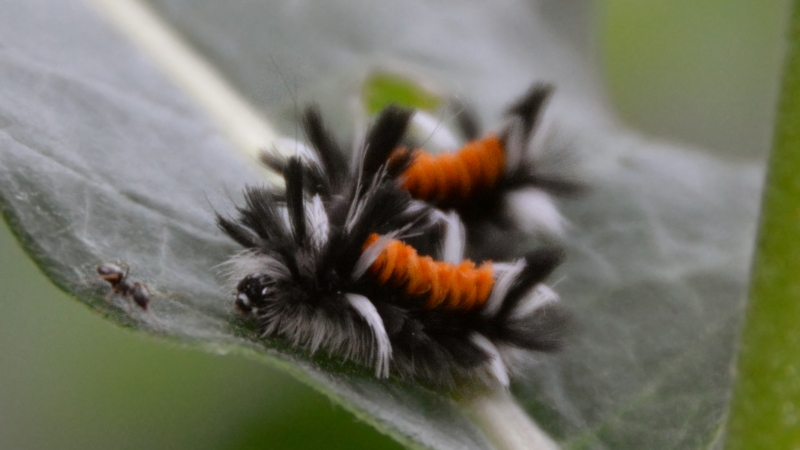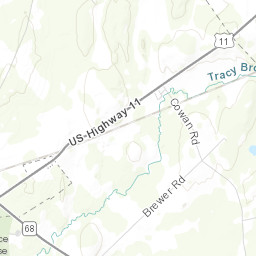
North Country explorer from
This week we were gifted with the finding of caterpillars of the (admittedly common) Milkweed Tiger Moth (or Milkweed Tussock Moth, Euchaetes egle) on a milkweed plant in our yard.
These fascinating caterpillars chow all day long on milkweed plants and store ingested toxic cardiac glycosides in their bodies to make them…unpleasant…to predators such as birds. Just like Monarch butterflies do. And notice that they have similar color patterns. It’s no coincidence – the color patterns warn birds and other predators that they carry the toxin, so the predators pass them by.
But why do they carry those toxins in their bodies through metamorphosis into the adult moth stage of their lives when they look drab and fly around in the dark? Especially when their main predator is bats? Well, they have found a way to warn bats about their nasty taste as well: an internal organ that emits an ultrasonic signal easily detected and recognized by bats! Holy nasty-tasting moths, Batman!

Milkweed Tiger Moth Caterpillars







